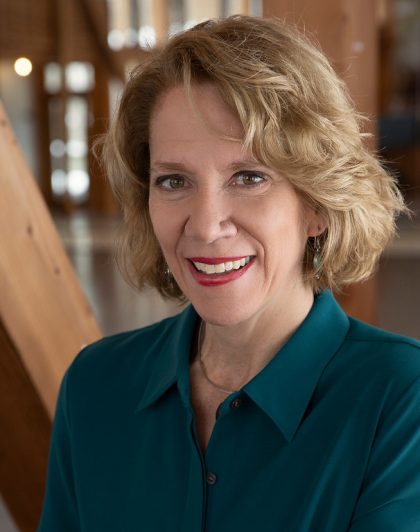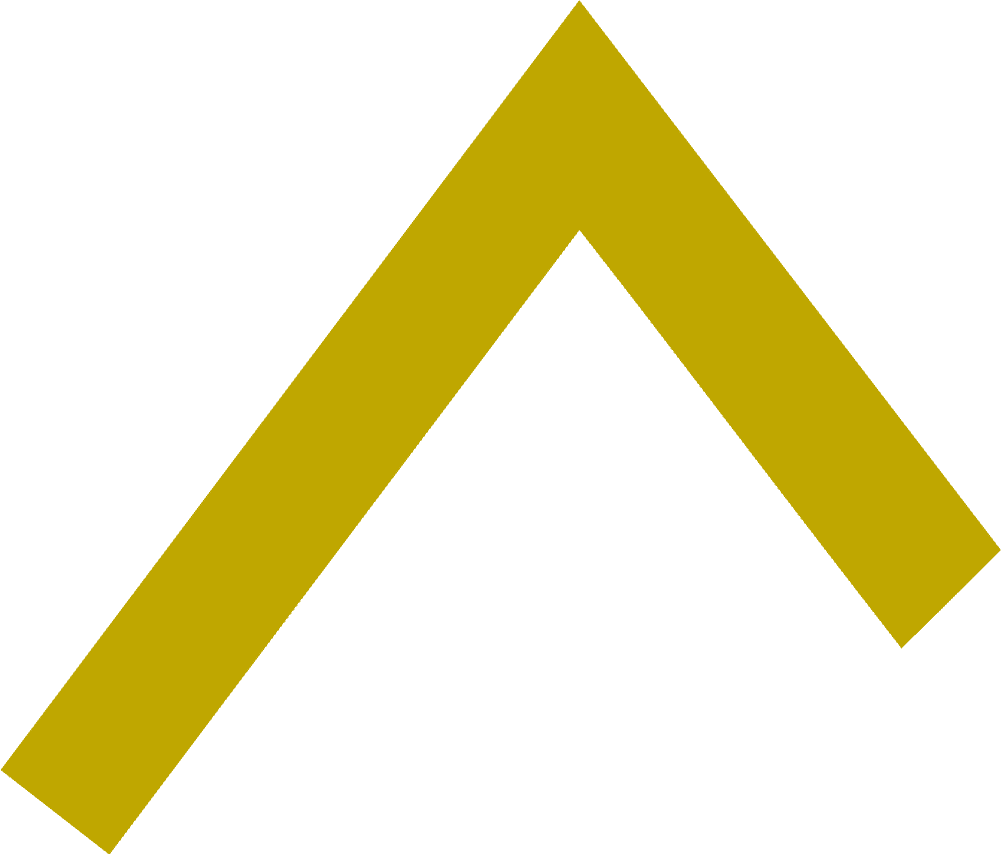In this month’s At the Helm, Victoria Jones spoke with Pamela Tatge, the Executive & Artistic Director of Jacob’s Pillow, an international dance Festival, professional dance School, and renowned Archives located in the Berkshires in Western Massachusetts. Pam shares how they are finding their fortitude at a pivotal time in this country and in the arts in particular.
Victoria: I am in awe of so many things about your leadership, notably your effort to make diversity, equity, and inclusion a core focus at Jacob’s Pillow. What is driving this priority for you?

Pamela Tatge
Pam: Last February, just a couple weeks before the pandemic, we completed a 2-day intensive training led by The Peoples Institute for Survival and Beyond. Our community stakeholders attended along with our staff because we don’t have a highly diverse staff, and we wanted to make sure we were in dialogue with people of diverse backgrounds. It was an incredible experience. Our staff were really motivated to make change. And though we then immediately had to face the hardships of the pandemic and losing staff – and trying to maintain that trust in leadership – we made the decision to continue to move forward with our objective of examining and changing systems within our organization. We began bi-weekly meetings with Gwendolyn VanSant, the CEO of Multicultural BRIDGE; Gwendolyn helped us understand that to really prioritize IDEA (inclusion, diversity, equity, and accessibility), we had to first create a climate for change within Jacob’s Pillow. It was about staff wellness, organizational culture, and resilience. Investing the time to understand this, to learn about our own biases, and to form authentic connections with our staff members – this has been an essential foundation on which we can advance our IDEA efforts.
Another shift has been our realization that IDEA work is 1) not actually work, and 2) not separate from anything else we do. We have tried to get the word “work” out of our vocabulary when discussing IDEA; it needs to be a part of our lens and how we perceive everything we do. Ahead of our bi-weekly staff meetings, we collect reports from each department. One small but effective change that we made was to add a box about IDEA under each department’s report; it was to encourage them to share an accomplishment, an epiphany, a learning moment, etc. It’s a way to keep IDEA active and present. We also made the decision to disband the IDEA Task Force after the events of the summer and the national reckoning that occurred. IDEA must be the role of every staff member, not just a select few.
How have you modelled this commitment to IDEA as a leader?
Structurally, I made the decision that because I am at the helm of a white-led legacy institution, I needed to think about the role I play as a gatekeeper – and how I could expand and diversify who was making decisions. I’ve been in this field now for over 30 years, and I have artists that I’m passionate about, whose work I have long followed and advocated for. My relationships around the globe are strong and my curatorial eye has been honed, but who am I missing? Who are we missing? At the time, I had been searching for a guest curator, but I decided to pause that search, and instead hire two associate curators. I wanted to avoid putting all of the responsibility and pressure around IDEA on one person, and instead, I created a shared leadership team for our curatorial work. I asked our new associate curators: Who are you passionate about? Which artists do you think we should invest in? We then extended invitations to a number of artists who are new to us, and will make their Pillow debuts this summer. It’s a very thrilling change.
I think it is also key as a leader to recognize and talk about the mistakes you have made. For example, in 2019, we hosted a celebration of indigenous arts, The Land on Which We Dance. We brought together local Indigenous peoples with artists from throughout the U.S. and Canada, and prior to each performance, I wanted to do a land acknowledgement. It was important to me that I did it with integrity. I was working on my remarks with an elder, who was helping me, and I said something along the lines of, “It’s really important that we acknowledge our indigenous past.” And he said to me, “It’s the indigenous past, not our. It does not belong to you.” It was a learning moment for me, and one that I shared with my staff.
I am always impressed by your ability to prioritize so many important strands at the same time – IDEA efforts, fundraising, programming, the physical rebuilding of the campus, the organization’s COVID recovery strategy. How do you manage all of this?
I think it’s about learning forgiveness. I cannot do everything at the level that I would like to because my plate is so full. My husband has an expression that I’ve found very helpful: “Me. Here. Now.” It helps me tremendously to be in this moment, and not thinking about 10 minutes or 10 days from now. As long as I’m focused, and I know that I am truly doing the best that I can, then it’s okay if everything doesn’t come out precisely the way I envision it.
Another key component has been hiring leaders that I really trust, so that when I hand something off to them, I know it will move forward and I do not need to think about it anymore. The investment in identifying, recruiting and retaining those individuals is critical; if I didn’t believe it as deeply before COVID, then I do now. We never would have gotten through this time without the leaders that are on my team.
The last thing I would say that has allowed me to juggle so many priorities has been removing “I” from my vocabulary. The shift to “we” has empowered the board and our staff. Sometimes, it diminishes you as a leader. It means that maybe people aren’t going to know that something was your idea – and that’s okay. Because if it’s truly “we”, then it doesn’t matter where the idea came from. That shared ownership and investment is really important for success.
Looking ahead, what is your vision for Jacob’s Pillow’s future?
Well, we’re currently in a strategic planning process. When I joined Jacob’s Pillow 5 years ago, I created a strategic plan with the assistance of a consultant, and then brokered it with the board, but it was really my plan and vision. Now we’re going through a more traditional process, and I’m finding it very exciting to be in dialogue with everyone. We are going to be remaking ourselves. First, we need to prioritize helping artists recover from the pandemic; I believe it to be an important role for us to play. Second, we’re thinking about taking all that we learned about digital innovation during the pandemic and applying it to future programming – in recognition of the international brand we have and the appetite that exists for the work that we do online. We’ll do this with the goal of broadening our constituency and who has access to Jacob’s Pillow. And then, in terms of our campus, the pandemic has forced us to have a different relationship with our environment. We have witnessed our environment restoring itself in the absence of a human carbon footprint. So, we are really thinking intentionally about the campus as a place of healing and solace. And that extends to the theater we will be building: how will it resonate with the land that it exists on? And how, too, can it be a place of belonging for audiences who may not have felt welcomed here before? These are the questions we are asking ourselves.
It is an extraordinary time, this moment we are in. I am energized by what we can be as a result.

